incl. VAT plus shipping costs
Immediate delivery, express possible ![]()
Only 20 itemleft in stock
Delivery only innh. Germany and Austria possible.
Switch to the German store
- Item no: 28926
Fast delivery times
All products are in stock with us!14 years of breeding experience
Let our team of experts advise you!High customer satisfaction
from over 3,000 reviews "The bat loach, which is also scientifically called Myxocyprinus asiaticus , is also known to some as the pennant carp. In addition, it has several other names such as batfish, thread algae eater and also junk lo ach. The bat loach has been on the market for quite some time and enjoys great popularity, not least because of its appearance. In the pond it is often kept as an algae eater.
Our bat loaches are offspring because the wild stocks are threatened in nature. They are usually extraordinarily peaceful animals that do not make a racket in the garden pond and can therefore be easily socialized. Their most striking feature is probably the triangular large dorsal fin, which resembles a pennant and thus gave the fish its German name. With increasing age, the animals change their color, so young fish are rather gray-brown with black bands, while adult males turn a rich shade of red and sometimes develop a spawning rash during the breeding season. Bat loaches have an underslung mouth with thick lips, but unlike other cyprinids, do not have barbels. Your favorites can reach up to 40 inches. If you take good care of your darlings, they can live up to 25 years.
Your new inhabitants are pure algae and growth eaters, but they do not reject small crustaceans. Therefore, they are busy all day long cleaning the pond liner from algae growth, preferring to stay in the middle to lower water zone. Water lilies and marsh plants, however, are safe from their mouths. Around their mouths are so-called villi, with which they graze the algae populations and keep them in check. It may be difficult for them to become accustomed to commercially available food, which is why they depend on an algae-rich food such as spirulina. They may be able to be acclimated to bottom tablets. Even though the bat loach is more of a food specialist, it is one of the cleaners in the garden pond and reliably and permanently frees it from excess algae, especially in the spring during the first algae phase, thus contributing significantly to a stable water environment.
The pond for your bats should be at least 10,000 liters and with a depth of at least between 100 and 130 cm allow for hibernation. Ice freezers ensure that the garden pond does not freeze even in winter. Special pond oxydators, water features and outflow stones provide increased surface movement for gas exchange. Although bat loaches can handle very low temperatures, sometimes even below freezing, they should not be exposed to this condition permanently. Special pond thermostats can make it easier for the animals to hibernate. In contrast, they tolerate higher temperatures rather less well. In summer, therefore, care should be taken to ensure that the garden pond does not permanently exceed the 24° C mark. They prefer clean water and are sensitive to high nitrate levels. Therefore, a sufficiently dimensioned filter should be installed and the pond water should be checked at regular intervals with a strip or drop test and treated if necessary.
Bat loaches should be introduced into the pond when the water temperatures remain reasonably constant between 17-20 °C without large fluctuations. Optimal months for this are May to September.
| Scientific name: | Myxocyprinus asiaticus |
| German Name: | Pennant carp, batfish, bat loach, steep fin sucker carp, thread algae eater, junk loach |
| Difficulty level: | advanced |
| Origin/Distribution: | China |
| Coloration: | light-dark striped, adult males reddish, in spawning season with spawning rash |
| Pond size: | at least 10,000 liters for 5-15 fish |
| Age expectancy: | approx. 25 years |
| Food: | Algae, soft-leaved aquatic plants, insect larvae, insects, worms, crustaceans, special koi food, algae-rich pond fish food |
| Breeding: | relatively difficult in the pond |
| Behavior: | nocturnal |
| Group size: | from 5 animals |
| Further information: | <td
- Item no: 28926
- EAN No.: 4251932208576
Entdecke die Garnelio Welt!
Garnelio gehört zu den größten Onlineshops für wirbellose Aquarientiere weltweit.
Viele Artikel gibt es exklusiv nur bei uns im Shop.

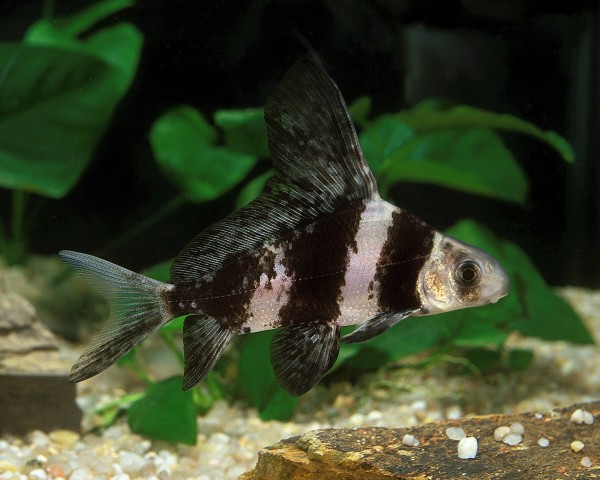
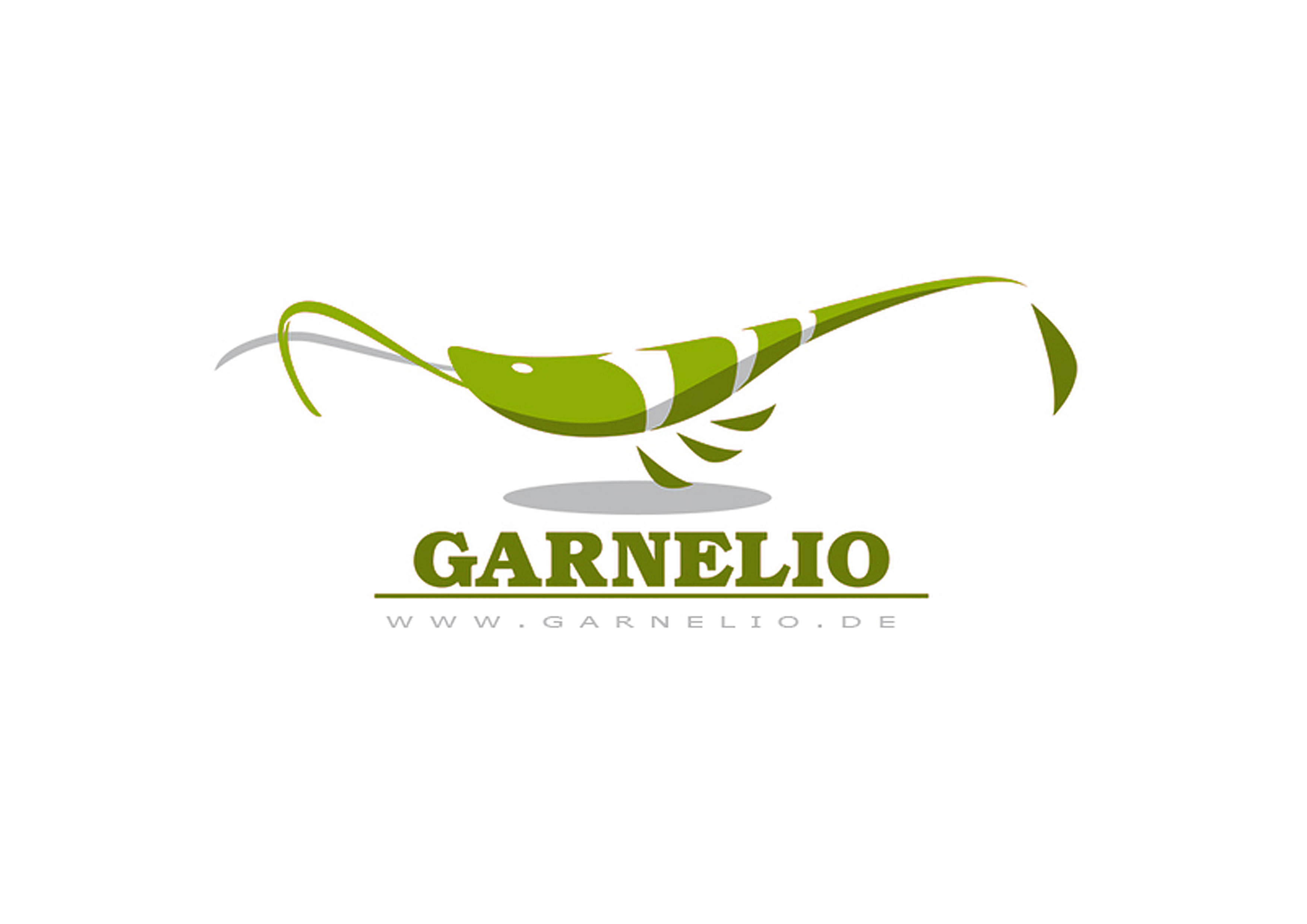
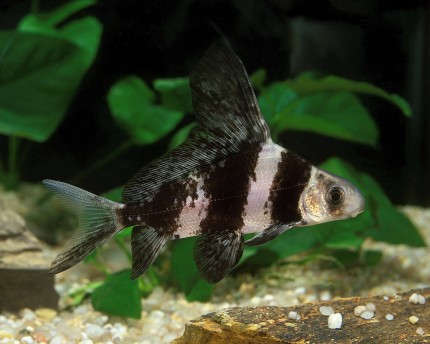
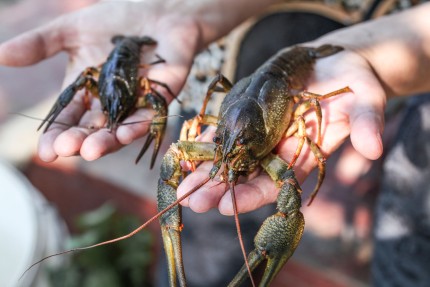
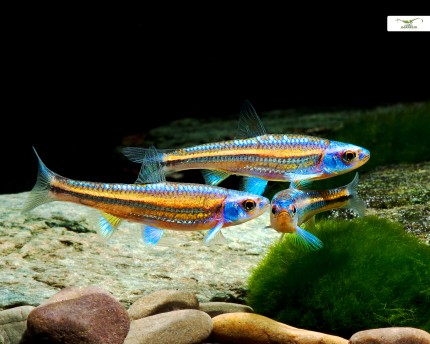

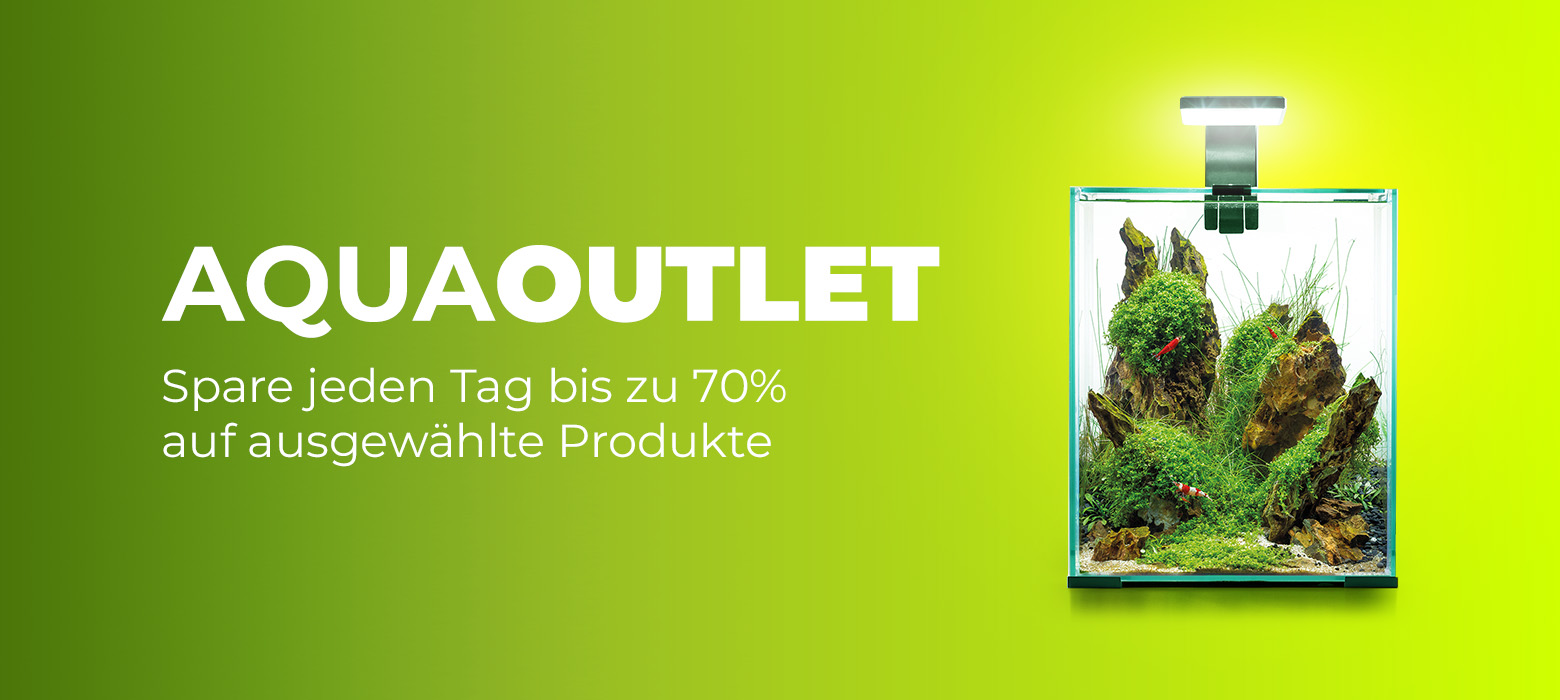
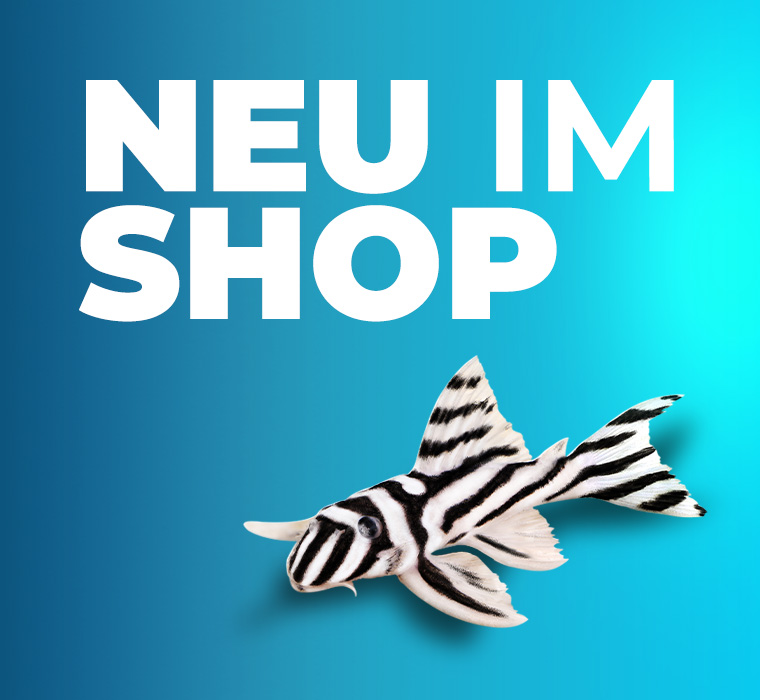
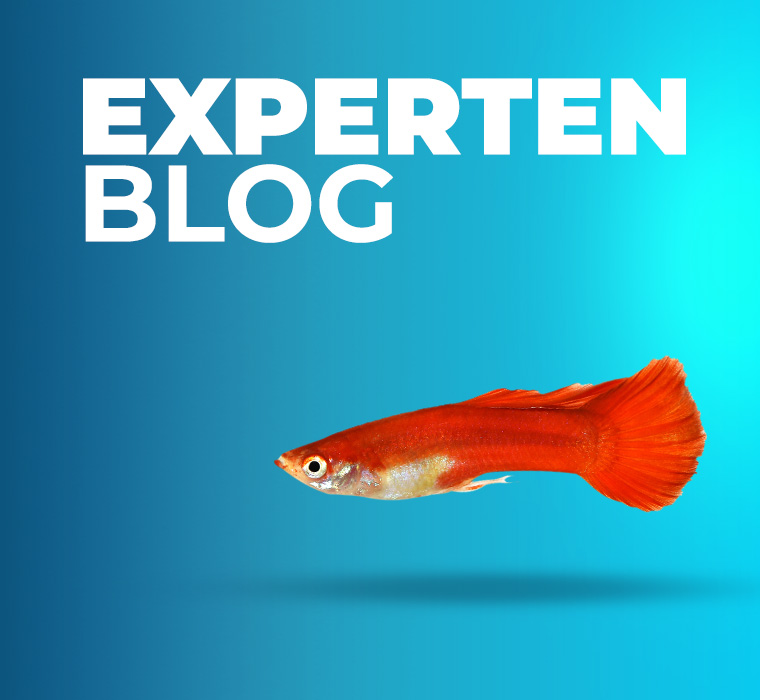

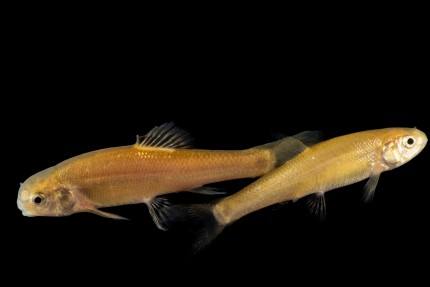
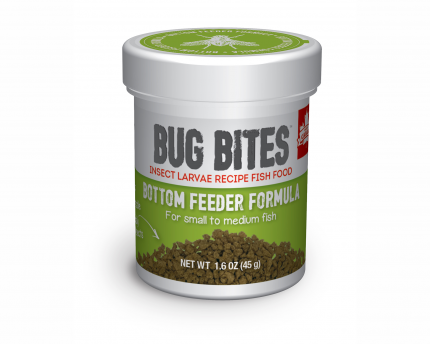
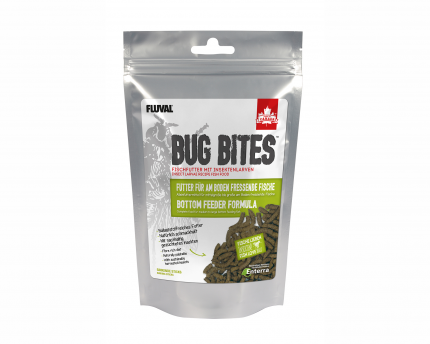
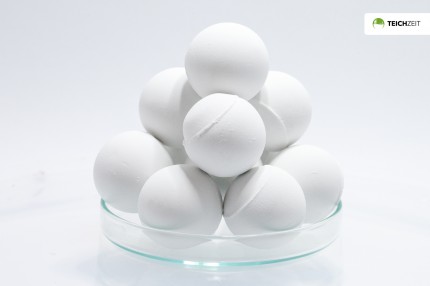
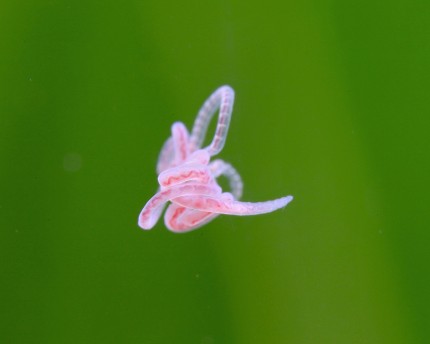
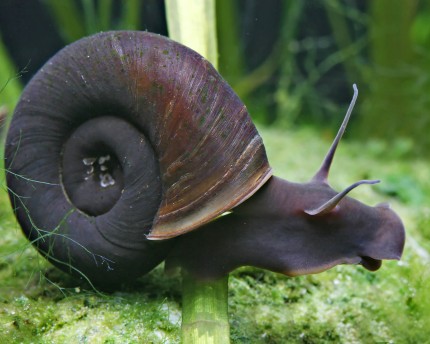
The fields marked with * are required.
I have taken note of the privacy policy.